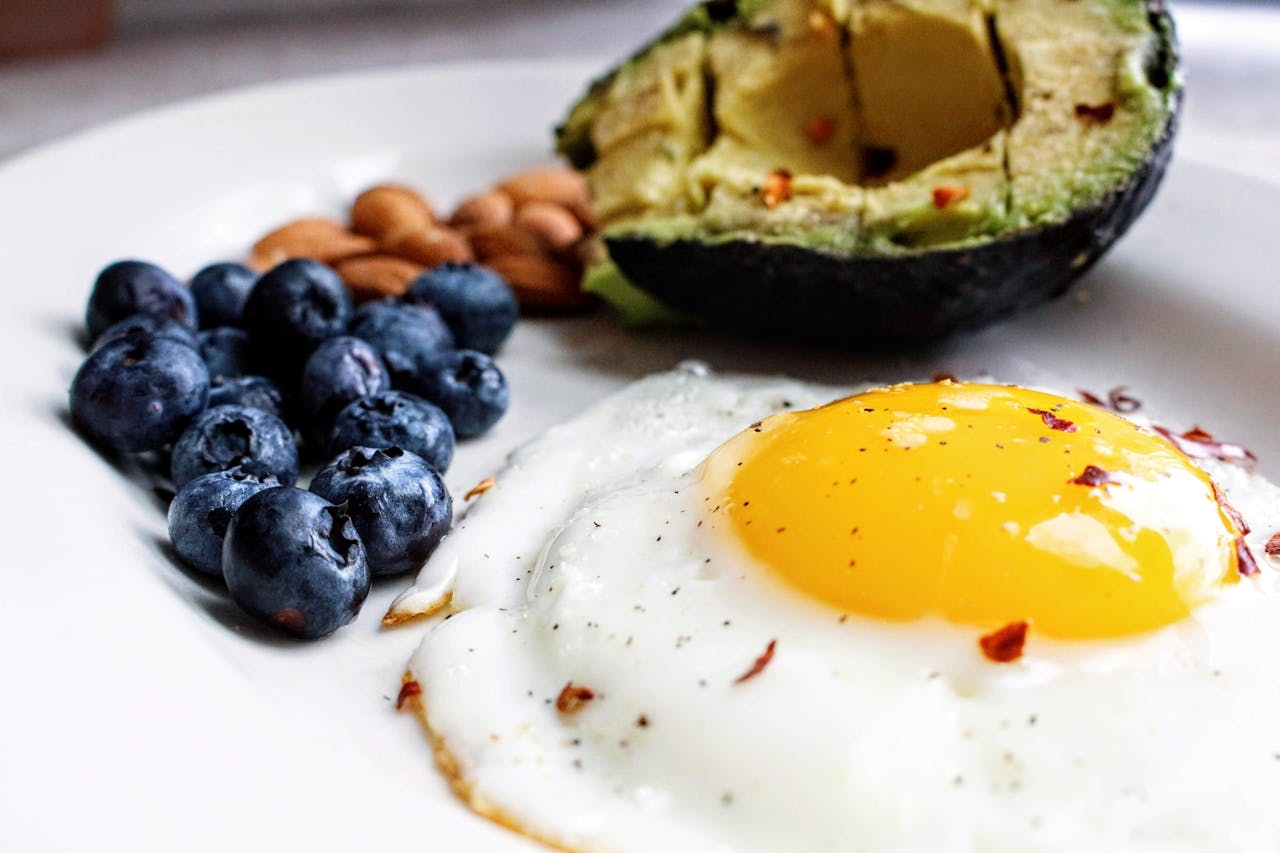One of the biggest challenges in bodybuilding is ensuring that all muscle fibers are properly recruited and exhausted to maximize muscle gains. Time in the gym is valuable, and every session should be as effective as possible. No one wants to spend hours lifting weights only to see minimal results. The key to consistent progress lies in working beyond failure and introducing new intensity techniques that challenge muscles in different ways.
Why Workout Intensity Matters
Building muscle isn’t just about lifting weights—it’s about pushing muscles to adapt. When you lift, you create microscopic tears in muscle fibers, which then repair and grow back stronger. But if workouts become too routine or comfortable, progress slows, and muscle growth stagnates. Increasing training intensity forces the body to continually adapt, preventing plateaus and driving further gains. However, blindly increasing workout volume isn’t the solution, as excessive training can lead to overtraining, fatigue, and even injury.
Breaking Plateaus with Partial Reps
Breaking plateaus with partial reps: One way to ramp up training intensity without excessive fatigue is by incorporating partial reps. Unlike full-range repetitions, partial reps focus on a shortened movement, targeting a specific portion of the exercise where you can handle more weight. This allows for greater overload, forcing the muscles to work harder than they would in a standard repetition.
Research suggests that training with a heavier load in a restricted range of motion can increase neuromuscular activation and strength adaptations. Studies have shown that using partial reps at specific joint angles allows for increased motor unit recruitment, which can be beneficial for hypertrophy and strength development. Additionally, by focusing on the strongest portion of the movement, lifters can increase time under tension—a key factor in muscle growth.
How to Implement Partial Reps Effectively
To use partial reps effectively, it’s crucial to understand where to apply them within a workout. They should complement full-range exercises rather than replace them. For example, in a bench press, partial reps can be performed in the top half of the lift, where the triceps work harder. Similarly, for squats, partial reps can focus on the top range, emphasizing quadriceps engagement without full knee flexion.
Key benefits of partial reps: Partial reps provide several benefits beyond just adding variety to a workout. They allow lifters to handle heavier weights than they would with full-range movements, helping to build strength in specific sticking points. This method also increases muscle fatigue in targeted areas, leading to greater overall development. Additionally, partial reps can be useful for lifters recovering from injuries, as they reduce strain on joints while still providing muscle activation.
Avoiding Common Mistakes
While partial reps can be highly effective, improper use can lead to imbalances or reduced overall progress. One common mistake is relying solely on partial reps instead of integrating them into a well-rounded program. Another issue is using excessive weight without proper control, which can increase injury risk. Finally, some lifters neglect the eccentric (lowering) phase, missing out on additional muscle-building stimulus.
Incorporating partial reps into a training program can be a game-changer for those looking to increase intensity and push past plateaus. By strategically applying this method alongside full-range movements, lifters can maximize muscle recruitment, improve strength, and enhance overall performance. As with any technique, consistency, proper execution, and gradual progression are key to long-term success.













